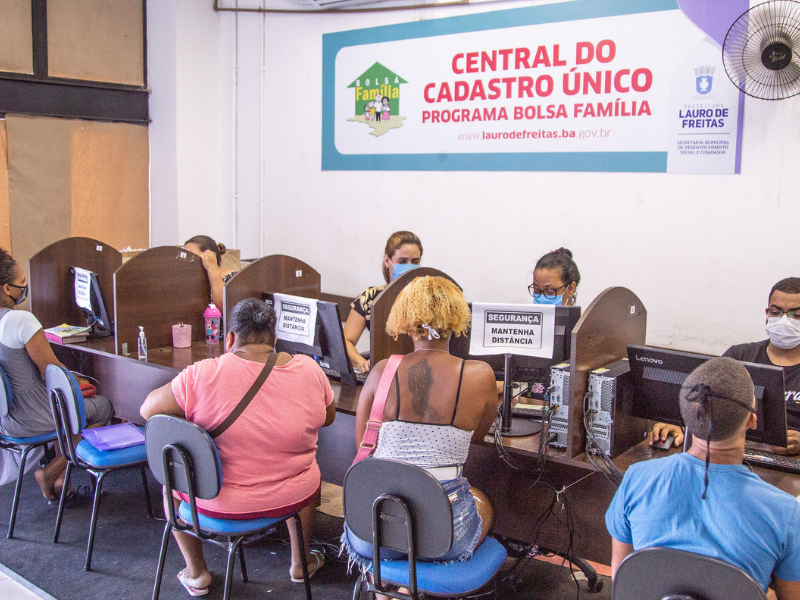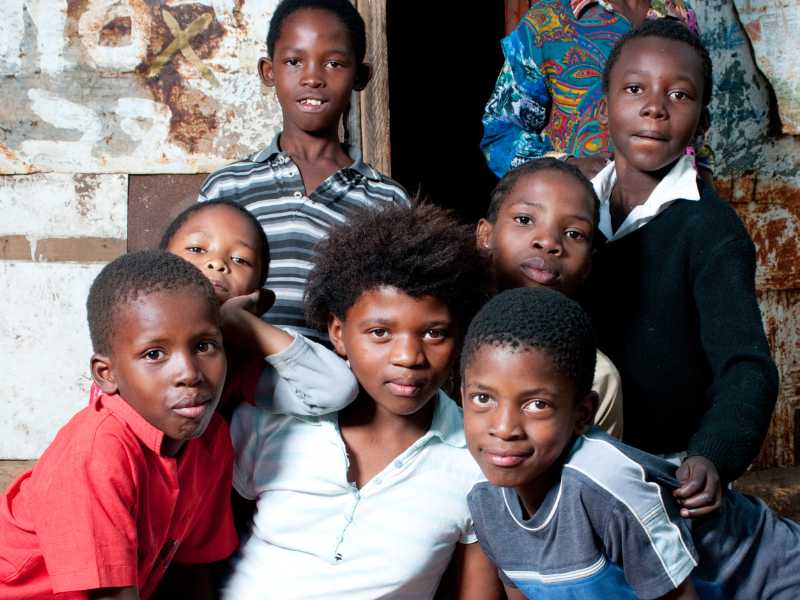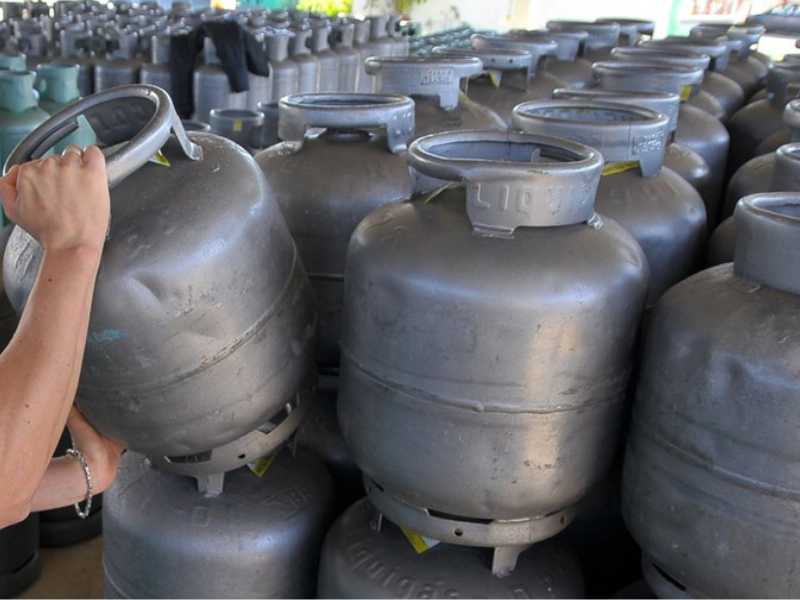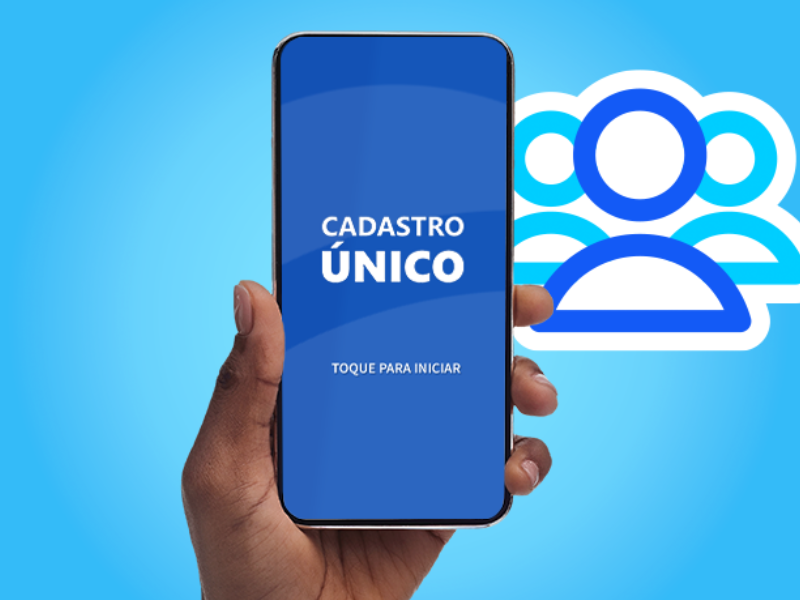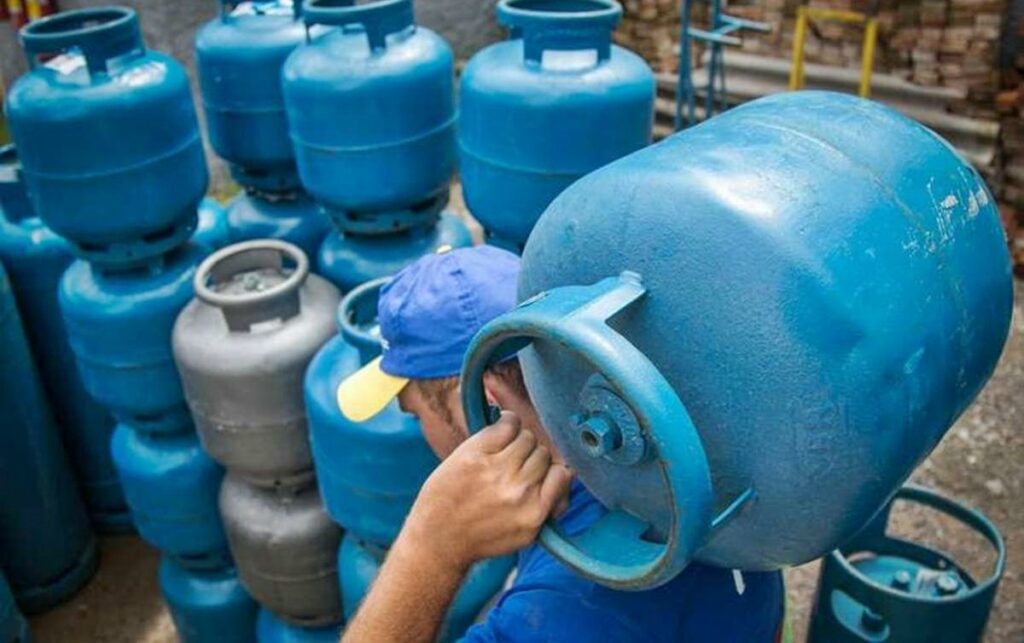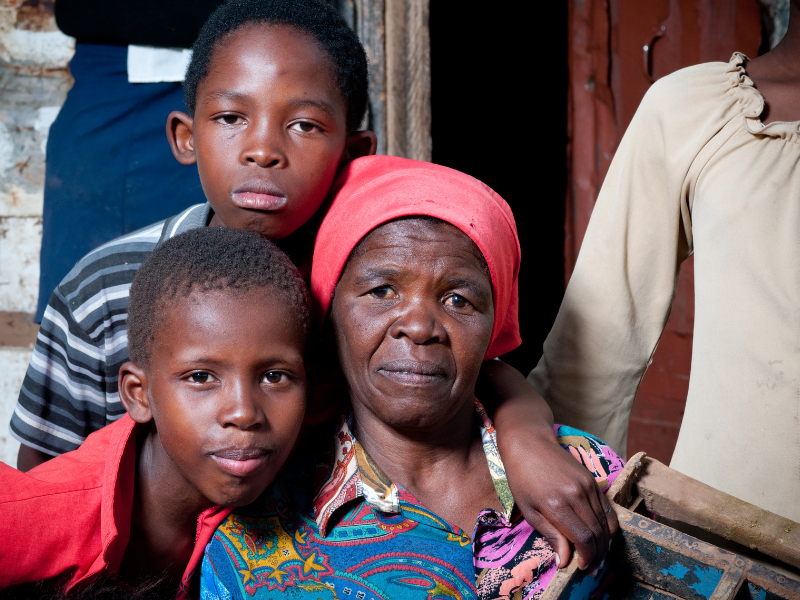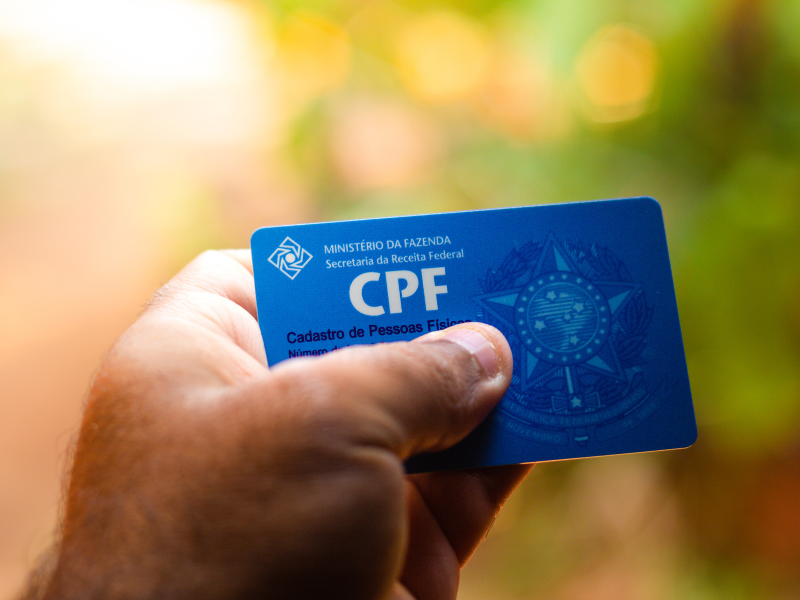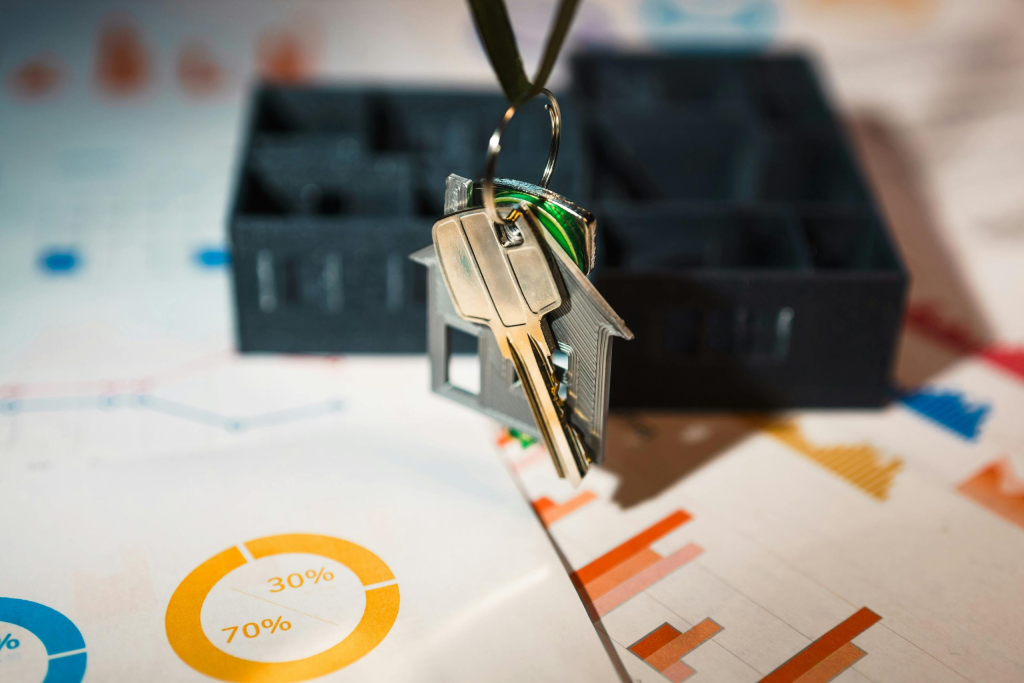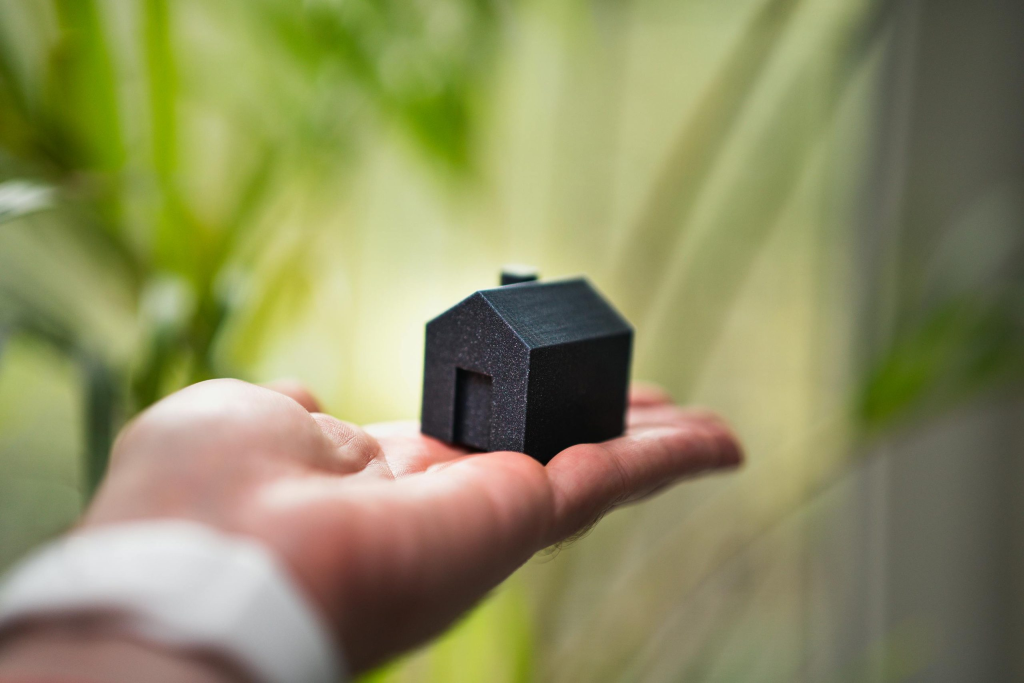Advertisements
FGTS Digital is a new feature that will be launched next year. It is scheduled to be launched on March 1, 2024, as the project was postponed to allow more time for testing the system.
The idea came about four years ago and companies from all over Brazil were able to test the new collection method over the last three months. So, check out in detail how this new feature will work and what the advantages of FGTS Digital will be.
See more: See who receives Bolsa Família TODAY
Advertisements
FGTS Digital, what is it?
With so much technology, the FGTS has not been left out of the digital age and will launch this tool that will make life much easier for business owners and workers. This is because this technology will speed up the fulfillment of companies' obligations regarding the FGTS.
This is because many employers fail to deposit the funds to their employees, which is very serious. Workers use this money for cases of unfair dismissal, retirement, serious illness, or to buy their own home. So, with the FGTS Digital, the idea is to reduce tax evasion.
Advertisements
Furthermore, the Minister of Labor, Luiz Marinho, highlighted that the creation of the digital FGTS should reduce the workload of companies collecting the amounts by up to 34 hours per month. Therefore, with this new feature, deposits can be made via Pix and there will be more transparency in the process.
What are the types of FGTS?
The FGTS has two modalities, the termination withdrawal, which gives the worker the right to withdraw the total amount from the account, including the termination fine, in cases of dismissal without just cause.
The other option is the anniversary withdrawal, which was introduced in 2019. This option allows the worker to withdraw an annual portion of the balance in the FGTS account in the month of their birthday. The amount can vary between 5% and 50% of the sum of all the balances in the worker's FGTS accounts, with an additional amount related to the balance.
Image: Marcelo Camargo/ Agência Brasil





